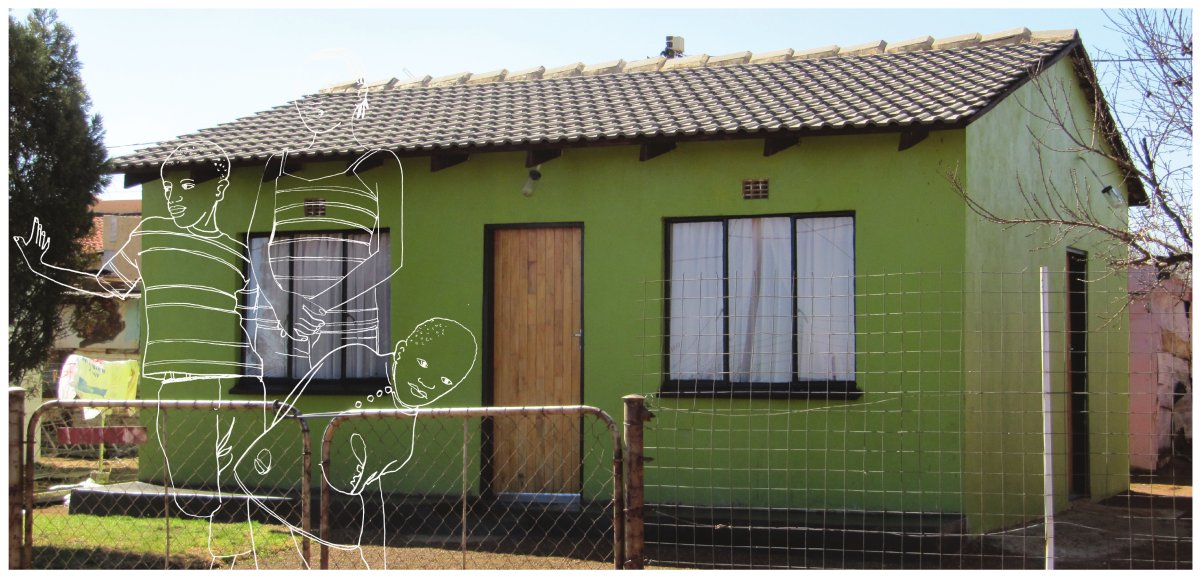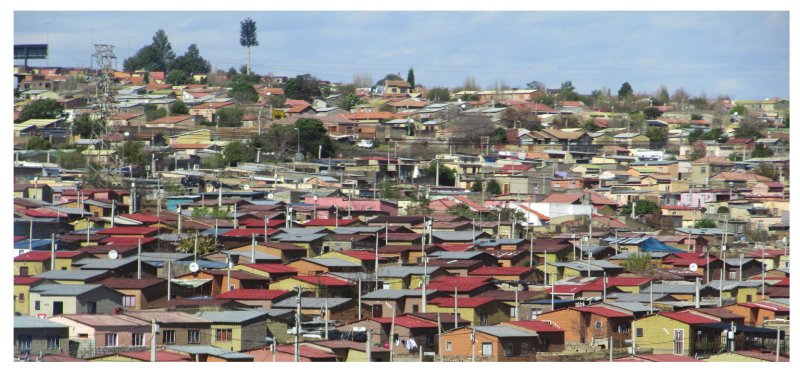You are here
Subsidised Housing Assets
SUBSIDISED HOUSING ASSETS
Exploring the Performance of Government Subsidised Housing in South Africa
Finmark Trust
South Africa’s national housing subsidy programme, which was introduced with the advent of the first democratically elected government in 1994, has been lauded internationally as a highly significant and ultimately successful housing intervention. The programme provides qualifying beneficiaries (households who earn a monthly income of less than R3500 per month and satisfy other criteria) with freehold tenure over a 40m2 house on a 250m2 plot of serviced land. It is highly likely that the significant increase in the number of South African households living in formal dwellings between 1996 and 2007 – from 64.4% to over 70% - is primarily as a result of this national subsidy programme. The National Department of Human Settlements reports that between 1994 and 2009, a total of 2.94 million subsidy houses were either delivered or still under construction. Of these, 1.44 million (51%) have been formally registered in the Deeds Registry. These registered subsidy houses comprise just under one quarter (24%) of all registered residential properties in South Africa – clearly a significant proportion of South Africa’s property market.
In 2010, the FinMark Trust, with support from Urban LandMark, the National Department of Human Settlements, the South African Cities Network, the Western Cape Department of Human Settlements and the FB Heron Foundation, undertook a study into the performance of government subsidised housing units. The study involved an analysis of how subsidised properties were trading formally, on the deeds registry, and then a series of household interviews with a small sample of respondents from three settlements. As a first step, the study fed the database of all subsidy applicants who had been approved for a subsidy between 1994 and September 2010 into the Deeds Registry. By matching applicants with properties, a total of 1,7m subsidy applicants were identified as the property owners of 1,44 million properties. Half of these properties (49%) were found to be located in the eight metropolitan cities, with Ekurhuleni (141,104 properties), Cape Town (130,300) and the City of Johannesburg (130,121) having the highest number of registered subsidy houses. The highest number of registrations across the provinces was found in Gauteng (395,765), the Eastern Cape (238,682) and the Western Cape (208,852).
Invisible Informality
Assuming that all the 2.94 million houses had been developed by September 2010, this implies that almost one and a half million subsidy beneficiaries had received a subsidy house without the registration of formal title. This creates a sort of ‘invisible’ informality: households who have received a formal housing unit, but who have not yet received a title deed. While they may feel themselves as owners, their legal status is informal.
From 2005 there has been a consistent decrease in the percentage of subsidy houses that are being registered and this trend is continuing. The removal of the requirement that registration is required before the release of a significant portion of the subsidy payments in April 2004 appears to be a key contributor to this trend.
The obvious value of a title deed is that it protects rights to a property and records changes in ownership. Title deeds also provide individuals with an address, recognising the owner as being part of the municipality, and enabling the owner to secure loans. The house can then be inherited – this is an especially important aspect of the house as described by respondents. The failure to provide Title Deeds to subsidy beneficiaries means that they are being denied a critical (and promised) point of entry into the formal property market.
Also, not having a registered title means that beneficiaries are not able to sell their houses formally, using the
Deeds Registry system (which requires the seller to have a Title Deed). As a result informal transactions are
occurring, creating a second generation of invisible informality. These transactions undermine individual property owners’ security and more generally the integrity of the Deeds Registry system in South Africa.
Continued on Panel 2
.
FINMARK TRUST
Powered by AA Media and The Architects Collective of South Africa

